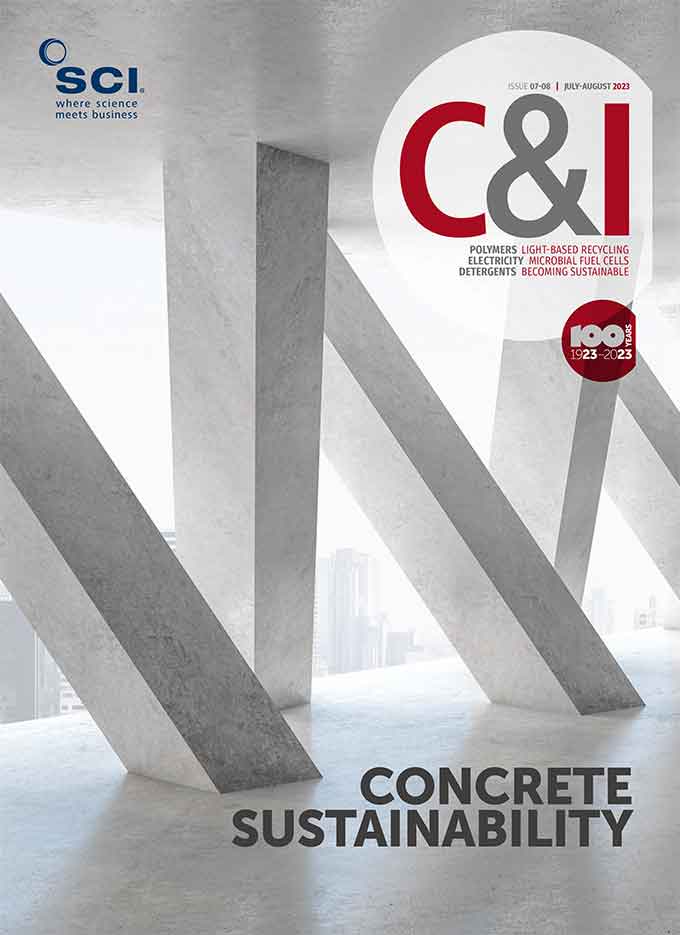Neil Eisberg | Editor
How much is the average individual prepared to pay to meet, and hopefully overcome, the current environmental challenges that include plastic pollution, air and water quality, and of course climate change?
Indeed, do individuals believe it is they who must foot the bill – they would probably argue that shouldn’t organisations that have created these issues be paying for remedying the problems? When considering this question, however, we all need to bear in mind that it will be the individual consumer who ultimately pays.
With today’s high level of focus on the water quality of the UK’s rivers and coasts, some water companies in the UK, for example, are already saying how much water charges will have to go up if the industry is to respond to criticism of their current environmental performance. Previous profits have, of course, already been distributed and so will not be available for the investment in the remedial work required.
Attempting to address this global conundrum of a lack of concrete data, in 2022, the OECD conducted a series of surveys with the aim of offering new justification for strengthening chemicals management programmes. The surveys were designed to find a way of estimating the value society would place on taking action to reduce health risks from exposure to chemicals.
The surveys have been carried out across 22 countries, asking how much people would be prepared to pay to reduce their risk of developing five medical conditions linked to chemicals exposure: asthma, kidney disease, infertility, loss of IQ and very low birth weight.
The aim was to establish internationally comparable values for ‘willingness-to-pay’ (WTP) to avoid negative health impacts, to provide a ‘robust’ estimate of the monetary benefit of reinforcing chemicals management. As the OECD has pointed out, existing analysis looks mainly at lost productivity, foregone earnings or the cost of illness and tends to overlook the costs people place on pain and suffering from health conditions.
This so-called morbidity valuation project, Surveys on willingness-to-pay (WTP) to avoid negative chemicals-related health impacts (SWACHE), is described by the OECD as unique in scale and depth and seeks to fill this gap. The first round of surveys was conducted in 2022, with each survey focused on one health effect being carried out in at least five countries, resulting in a total of 46 surveys being conducted. Survey responses were empirically analysed to estimate mean WTP values for a given reduction in health risk. Values of a statistical case were derived by dividing mean WTP by the average risk reduction.
The OECD points out that the results indicate that people are in fact willing to pay a significant amount to reduce their risk of developing various negative health effects.
According to the survey results, in terms of asthma, the mean WTP for reducing asthma severity was $529/year for adults and $948/year for children. These values varied by country from $429/year in Canada to $685/year in the Czech Republic for adults. For children, the mean WTP for reducing asthma severity varied from $743/year in the UK to $1317/year in the US.
Turning to IQ loss in children, the OECD points out that this is associated with lower educational achievement, lower lifetime income and higher probability of engaging in criminal activity. In the OECD’s SWACHE IQ loss survey, respondents were asked to consider the avoidance of a one IQ point loss in children. The mean WTP again varied by country, ranging from $1640 in the UK to $4670 in Poland.
For the OECD, all this is part of an on-going project. Following on from these studies, a second round of studies on health effects will include thyroid dysfunction, miscarriage, hypertension, non-fatal cancer and skin sensitisation, with surveys being conducted during 2023. The results from these two sets of OECD surveys will be aggregated into a larger report due to be published in 2024.
This is a major piece of work covering a topic often talked about but sadly lacking in hard factual information. However, what the OECD survey results don’t reflect is that what people say in a survey doesn’t necessarily translate into what they are actually prepared to accept in reality. And politicians and regulators, who are ultimately the targets for pressure on chemical management, also have a tendency to believe what they want to believe when making future policy.





